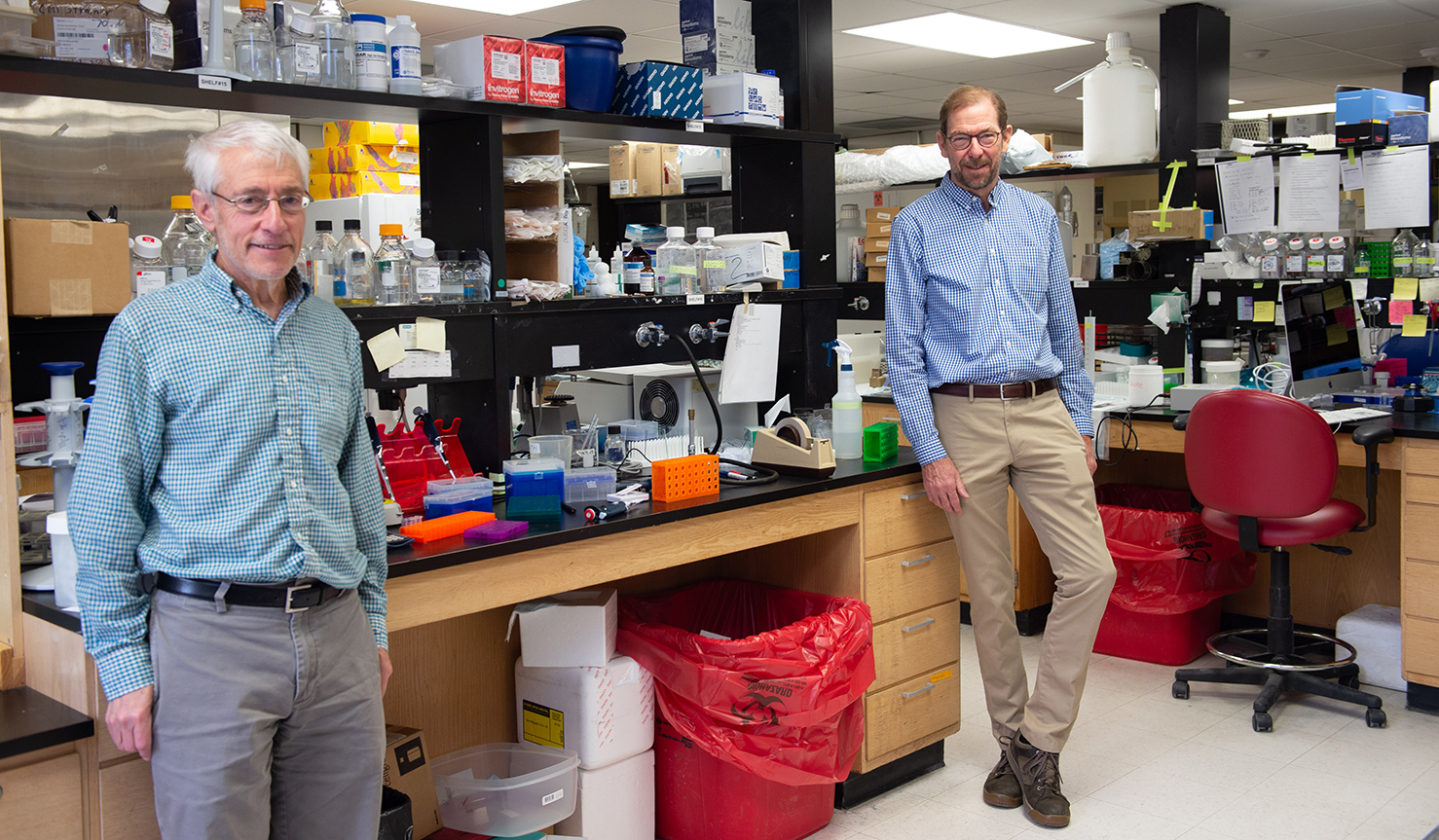Drug protects older mice from worst effects of COVID-19

Reversing immune aging may have potential for treating people most at risk from COVID-19
An experimental drug that counters immune aging, effectively prevents death in older mice with severe COVID-19, suggesting it may have potential as a therapy to protect older people who are most at risk from the disease. The new findings by researchers with University of Iowa Health Care were published recently in the journal Nature.
“COVID-19 has proven particularly deadly in older people and while case numbers are currently going down in the U.S., the pandemic continues to resurge in other countries. Identifying new therapies that might protect older people from severe disease regardless of which SARS-CoV-2 variants are in circulation continues to be a critical area of research,” says Stanley Perlman, MD, PhD, professor of microbiology and immunology in the UI Carver College of Medicine and co-senior author of the study.
Immune aging and COVID risk
Older age is a major risk factor for worse outcomes from COVID-19, in part because aging disrupts the immune system. This age-related decline leads to lower protection against infection as well as reduced vaccine effectiveness.
In the new study, the UI team led by Perlman and Paul McCray, MD, professor of pediatrics, focused on an immune system pathway that becomes more active with aging. The increased activity harms the immune response in two ways: It causes a slower, less robust reaction to infection, which lowers protection, and it drives overactive inflammation that damages tissue.
The pathway involves the signaling molecule prostaglandin D2 (PGD2) and its receptor protein DP1. The team discovered that blocking this pathway using an experimental drug called asapiprant, reversed the effect of aging and effectively prevented older mice from dying of COVID-19 disease.
In the study, 90% of the older mice given daily doses of the drug survived compared to none of the untreated older mice. The treatment was started two days after infection, a timeframe that could mirror how the drug might be given to people. Importantly, the drug works by improving the function of the host immune system and should therefore be unaffected by different variants of the virus.
Asapiprant, which is being clinically developed by California-based biotechnology company BIOAGE Labs, is currently in phase 2 clinical trials for treating older patients hospitalized with COVID-19. Several of the study authors are BIOAGE employees.
Similar to the effect of the drug asapiprant, genetically altering mice to disrupt the PGD2/DPI pathway also protected the animals from death when they were infected with the mouse-adapted virus.
A new mouse model
The research was possible because the UI team created a mouse-adapted SARS-CoV-2 virus allowing them to study severe disease in mice that mimics severe COVID-19 in patients. Interestingly, the mouse virus contains many of the same mutations found in the delta and omicron variants, but it did not cause a worse infection in human cells.
"This new mouse model will be useful for studying severe disease that is analogous to severe COVID-19 in human patients,” Perlman says. “In this current study, the model suggests that the prostaglandin D2 pathway may be a potentially useful target for therapies aimed at protecting older individuals.”
In addition to Perlman and McCray, the UI research team also included co-first authors Lok-Yin Roy Wong and Jian Zheng, and Kun Li, Miguel Ortiz, Nicholas Schnicker, Andrew Thurman, Alejandro Pezzulo, Peter Szachowicz, Pengfei Li, Ruangang Pan, and David K. Meyerholz. Colleagues at BIOAGE Labs in Richmond, Calif., The University of Tokyo, Japan, and the Autonomous University of Madrid, Spain, were also part of the team.
The research was supported in part by grants from the National Institutes of Health, BIOAGE labs, and the Roy J. Carver Charitable Trust.